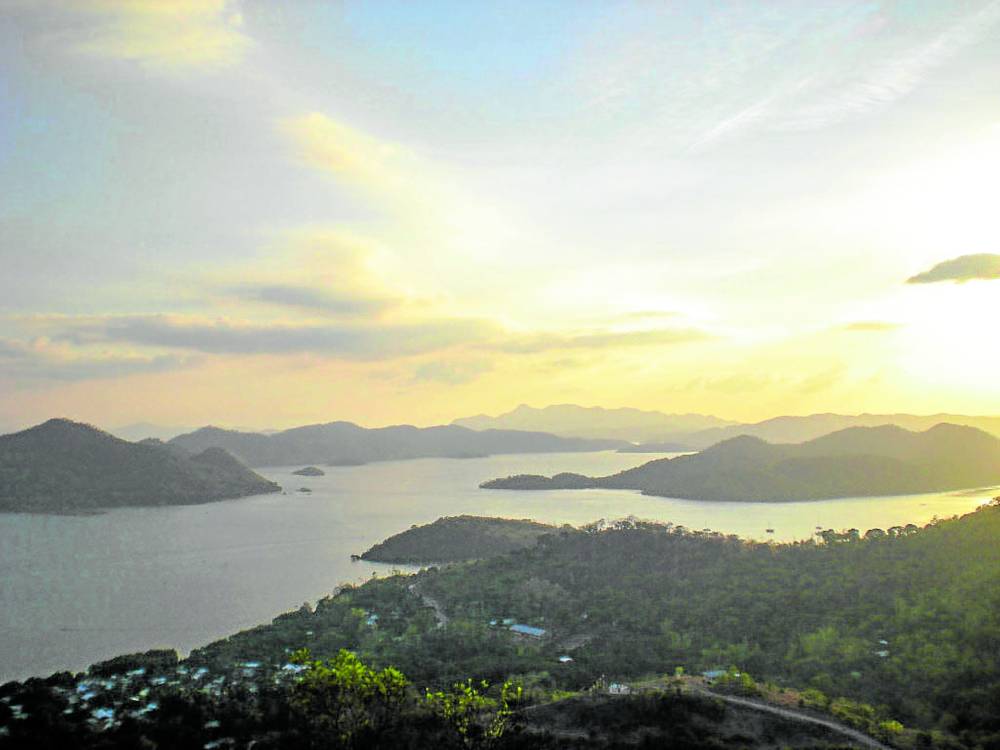
The Philippines to date has 19 sites in the United Nations Educational, Scientific and Cultural Organization’s (Unesco) Tentative List, those nominated by the government for World Heritage inscription.
These include, among others, the Batanes protected landscapes and seascapes, Mt. Pulag National Park in northern Luzon, Apo Reef Natural Park in Occidental Mindoro, the Turtle Islands Wildlife Sanctuary in Tawi-Tawi and Butuan archaeological sites in Agusan del Norte.
Also on the list is the Coron Island Natural Biotic Area, which was nominated in 2006 under the Unesco criteria (iii), (ix) and (x).
Criterion (iii) refers to sites that “bear a unique or at least exceptional testimony to a cultural tradition or to a civilization which is living or which has disappeared,” while criterion (ix) is described as “outstanding examples representing significant ongoing ecological and biological processes in the evolution and development of terrestrial, fresh water, coastal and marine ecosystems and communities of plants and animals.”
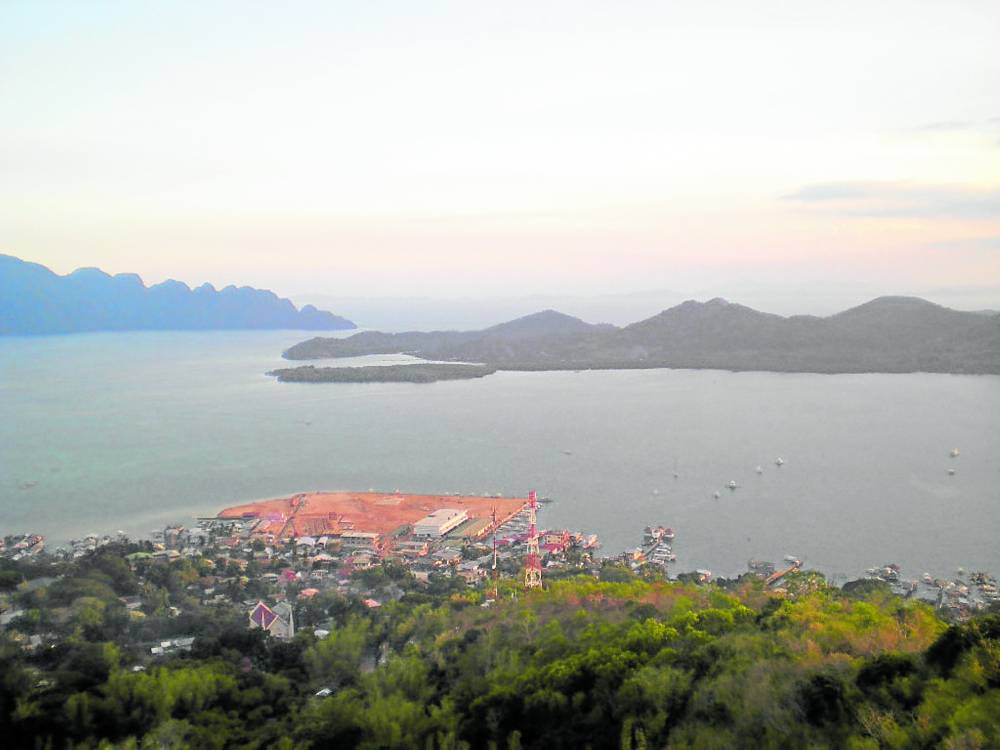
Criterion (x) notes that a site should “contain the most important and significant natural habitats for in-situ conservation of biological diversity, including those containing threatened species of outstanding universal value from the point of view of science or conservation.”
Coron Island in Palawan’s Calamian group of islands is described in the Unesco dossier as having “several unique features, being the habitat of the Philippine Cockatoo, the edible bird’s nest, the clean and sacred lakes and rock formations,” apart from being the home of the Tagbanua ethnolinguistic group.
The island is separated from Coron town proper by the Coron Harbor, the subject of the controversial reclamation project.
In 1967, Proclamation No. 219 declared it a National Reserve, while Proclamation No. 1801 in 1978 declared it a Tourist Zone and Marine Reserve.
In 1981, Coron Island and the whole province of Palawan was declared a Mangrove Swamp Forest Reserve through Proclamation No. 2152 and in 1990, the Department of the Environment and Natural Resources (DENR) issued to the Tagbanua Foundation of Coron Island a Community Forest Stewardship Agreement (CFSA).
The island was declared an ancestral domain of the Tagbanua in 1998 through the issuance of the Certificate of Ancestral Domain Claim (CADC) No. 134.
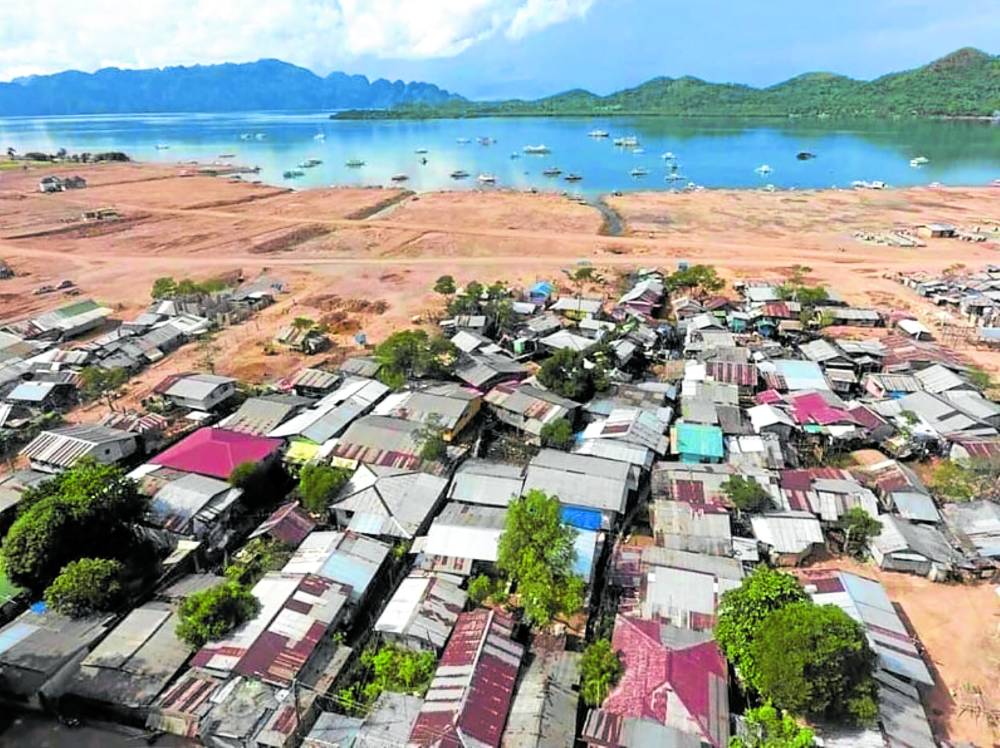
Reclamation project
Despite all these declarations and distinctions, the island stands to lose its chance to be a world heritage site due to a nearby reclamation project of the Palawan provincial government intended for a mixed-use development and the larger issue of site management.
Approved by the national government through the DENR and the Philippine Reclamation Authority, the project off barangays II, III and V comprises a total of 51 hectares, three ha of it approved in 2007, while the rest was approved in 2009.
The soil used for the project is quarried from a portion of nearby Mt. Tapyas, one of many tourist attractions in town.
Only eight hectares remained to be filled in when the DENR stopped the project last May due to various violations.
Critics have lambasted the project which they said affected the marine and mangrove environments in the area, while the provincial government said it has suspended reclamation works since February and said it will comply with the legal requirements needed.
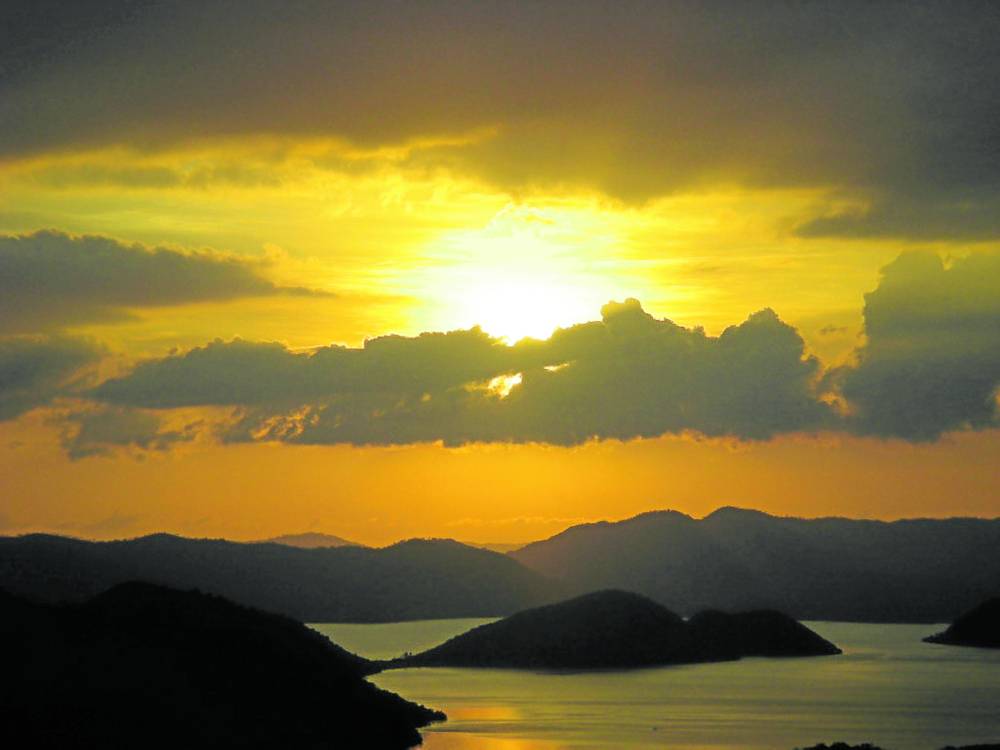
A local official of Coron was also quoted in a report saying that the project, which had also attached the nearby Canitauan or Discovery Island to the Coron town mainland, went through the correct process of obtaining necessary requirements.
Tentative list
Although the reclamation project is outside of Coron Island, its proximity to the island could seriously affect the nominated site’s possible outstanding universal value (OUV), the main and the most important facet of world heritage inscription.
World heritage specialist Jefferson Chua of Greenpeace Philippines and the former program officer for culture of the Unesco National Commission of the Philippines (Unacom) said, “We should expect these developmental pressures to negatively affect the chances of Coron Island Natural Biotic Area to be retained on the list.”
He said Unacom last updated the country’s tentative list in 2015 and is scheduled to update it again in 2025 following the 10-year updating rule of Unesco.
Chua said dropping Coron Island from the list “depends on what progress the managing agency or office will provide, but as it stands, and given the increase in tourist traffic and the pressures that come along with it, it might be difficult to justify the inclusion of the property on the tentative list for the next round of updating.”
Sustainable and people-centered interventions need to be made to correctly justify the inclusion of a site on the tentative list, and efforts must be made by the State Party, which is the Philippines, and the local government unit for the site to be retained in the said list, he added.
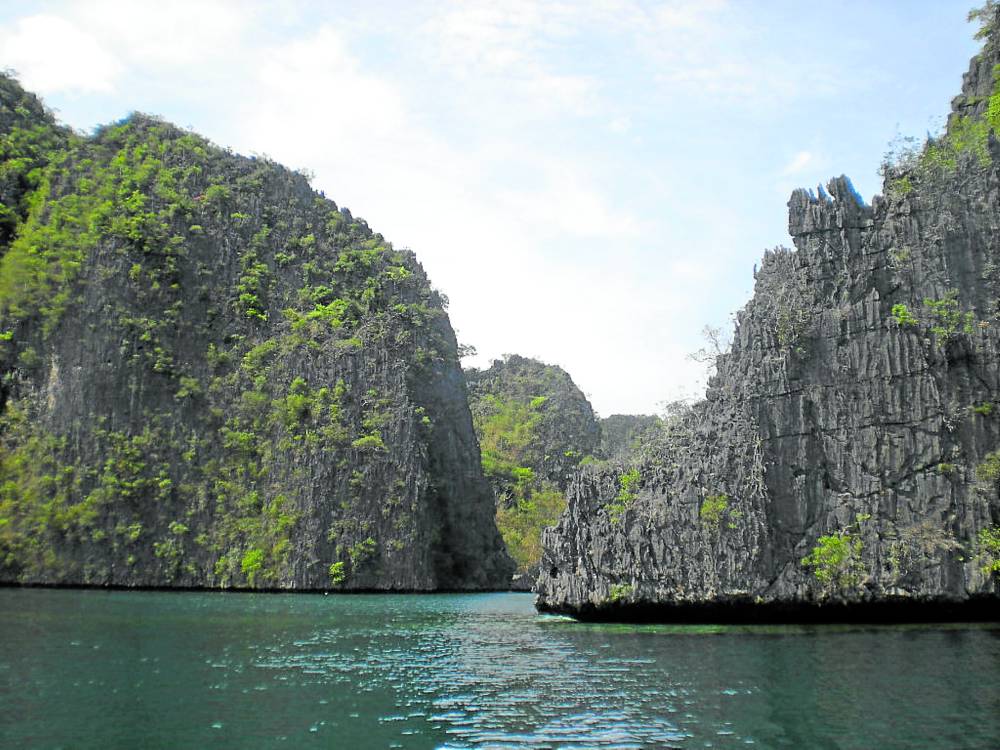
The Coron issue, he said, is a complex one due to overlapping jurisdictions of various laws protecting the island, which include the Indigenous People’s Rights Act (IPRA Law), National Integrated Protected Areas System Act (Nipas Law), and the local government code.
“The complex layers of politics and historical precedents on borders and administrative jurisdictions, not to mention the intra- and inter-island movements of the Tagbanua people, have created a very complicated case of management if the property moves forward with its tentative listing, because the World Heritage Convention makes it clear that management regimes should first and foremost respect national legislation, as well as accommodate as sustainably as possible the realities on the ground, especially when it comes to indigenous people’s rights,” he said.
“If anything, the current issue of reclamation resurrected deeper and more complex problems that have hounded the area for decades,” he added.
Heritage impact assessment
Chua also said that stakeholders should undertake a comprehensive values-based heritage impact assessment of Coron, which was nominated as a mixed area, meaning both cultural and natural heritage site; delineate the roles of stakeholders; and have a proper management system.
“The fact that numerous local advocacy groups have resisted and have spoken out against the reclamation project speaks volumes on the lack of proper consultation with the communities and how the project was railroaded.
“The reclamation is just a symptom of this more systematic problem, and the point here is that especially from a World Heritage framework, these fundamental issues should be considered because it directly impacts heritage values,” he said.
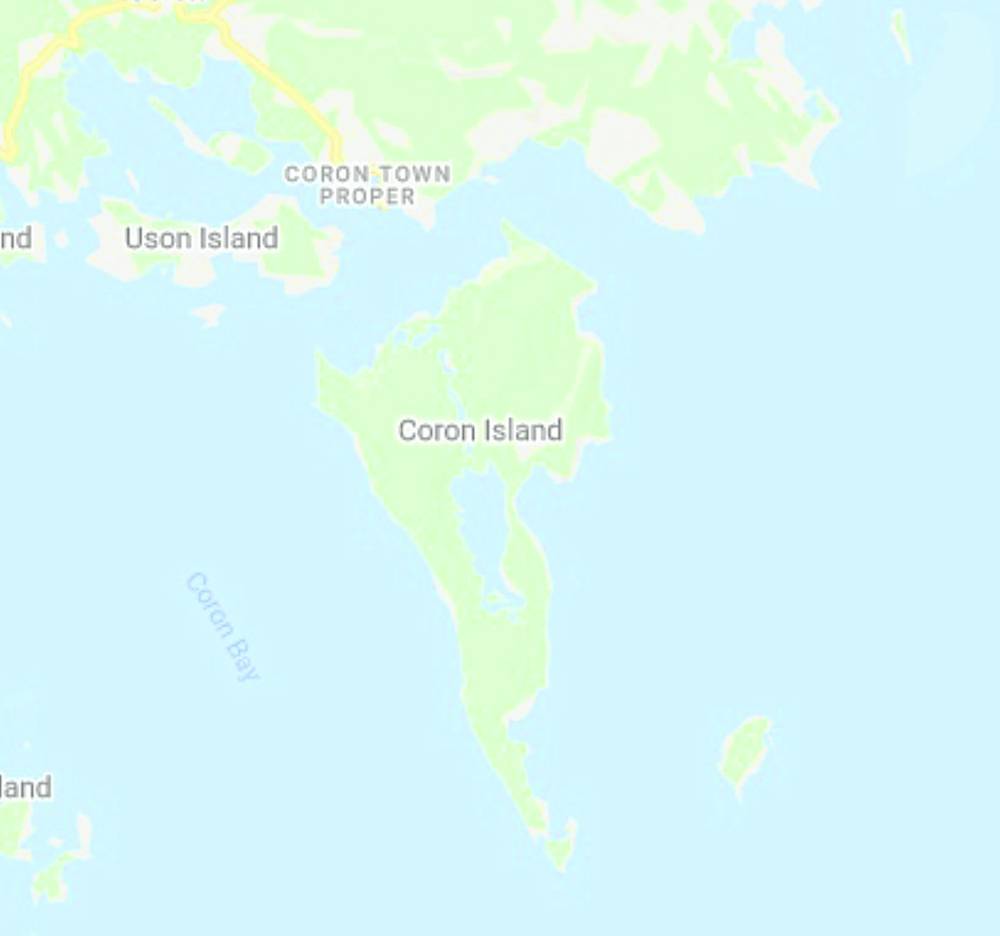
Unesco’s operational guidelines place extreme importance on the consultative nature of any nomination if the property concerned includes ancestral lands by indigenous peoples.
He said the core and buffer zones of the site are not yet defined because the Tagbanua have not yet accepted the protected area declaration of the island “vis-à-vis their ancestral land title, and second, Coron as a protected area in the present does not exist.”
The reclamation issue is not the first bone of contention in Coron in relation to its World Heritage nomination.
In 2017, news broke out that a theme park which supposed to include a floating hotel and a restaurant was planned to be built in the town. Heritage experts warned then that if that project pushed through, Coron Island would lose its nomination to the World Heritage List.
Eric Zerrudo, a heritage specialist and director of the University of Santo Tomas Graduate School conservation center, said then that the theme park project and future projects in Coron should be well studied first since the negative impacts of these developments cause a lot of problems such as ecological imbalance, urban blight, and migration, apart from the possible deletion of Coron from the Unesco Tentaive List. —CONTRIBUTED








































